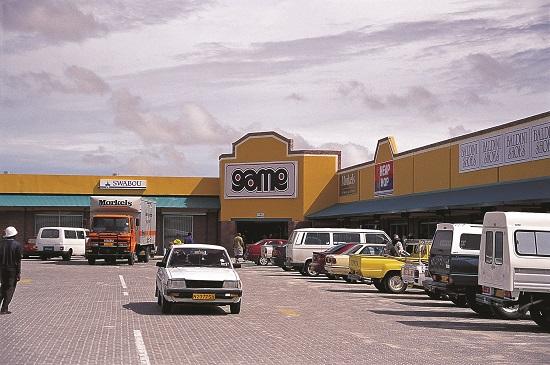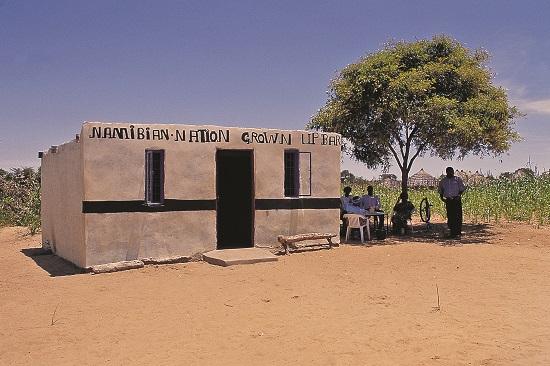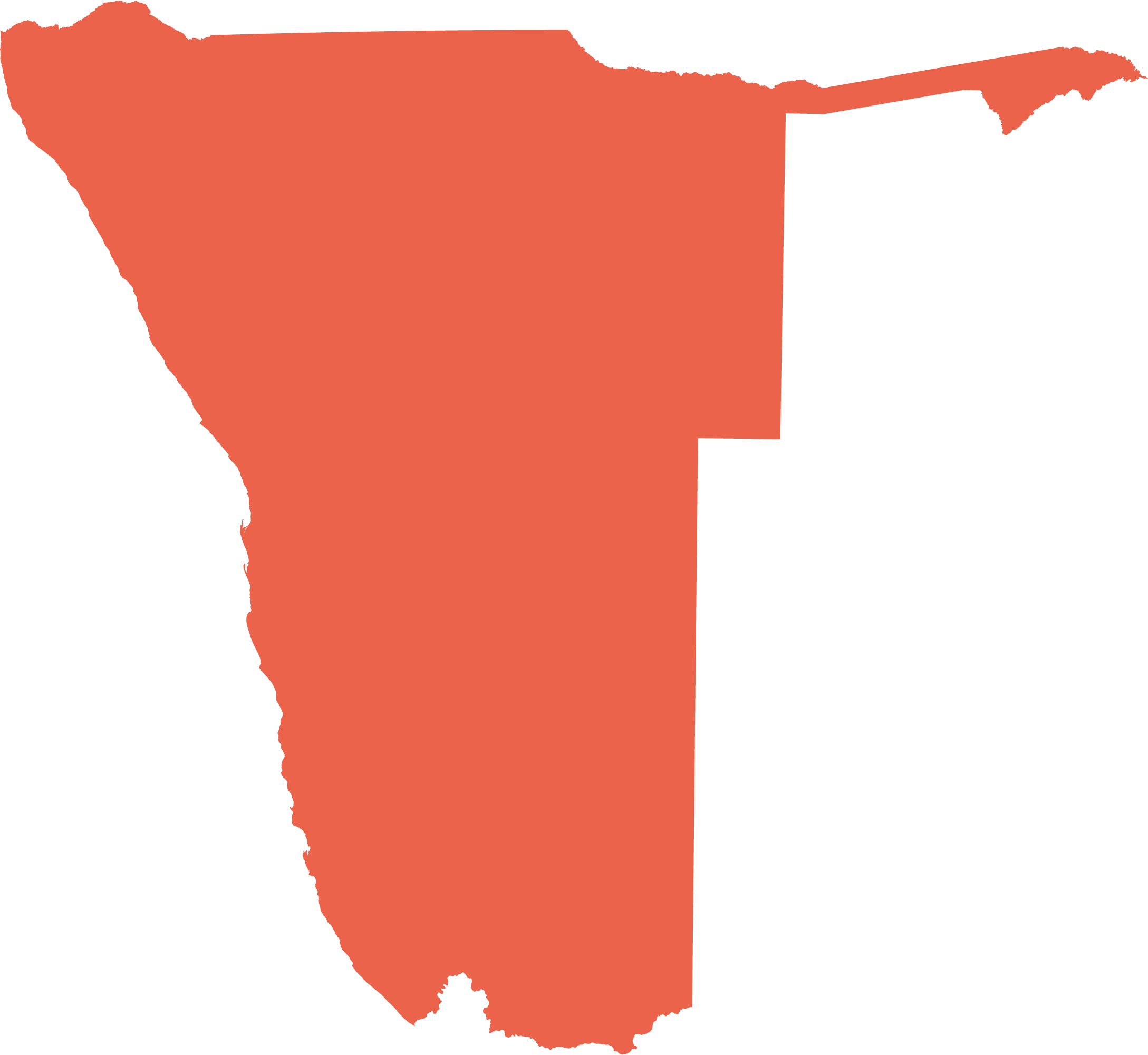Two economies
10.01 The dichotomous foundation of Namibia's economy
Underlying the temporal and spatial variations of Namibia's economy are two major dimensions: one rooted in Rural Africa and the other in the so-called West. The major parameters of each are listed in this table.
| Rural Africa | "Western" cash economy |
|---|---|
| Families are broadly defined and identified with the 'village'. | Families are small, and identified with the household and through paternal and maternal lineages. |
| Each family has diverse income sources. | Each family has few sources of income. |
| Properties are not registered or tradable. | Properties are registered with tradable titles. |
| Capital resources lie in social relations, family, land and livestock. | Capital resources are kept in property and financial investments. |
| Inheritance is broadly based, often along matrilineal lines. | Inheritance is confined to the immediate family. |
| Labour operates in the 'informal' economy, often as casual labour and with few terms of employment. | Labour operates in the 'formal' economy, with documented records and conditions of employment. |
| Transactions are through exchanges and bartered goods and are seldom recorded. | Transactions are documented and in agreed currencies. |
| Taxation is informal, usually to the traditional authority. | Taxation is regulated, often to multiple authorities. |
| Economic parameters are seldom monitored or studied. | Economic parameters are regularly monitored and studied exhaustively |

Photo: J Mendelsohn

Photo: J Mendelsohn
To underscore the difference between urban and rural economies, imagine you have 1,000 Namibian dollars to spend. In town you can walk to a shop and spend the money in five minutes. The shopkeeper can use the profit for her own gain or to add to her stock by buying from her suppliers. Her suppliers, in turn, spend their profits as they need. The cash efficiently flows from one person and business to the next, and the 1,000 dollars soon multiplies into 4,000 dollars as it passes through the hands of five people and generates value for each person as it goes. The distance and time money takes to move between people (and to reward them) is small.
Now imagine the same process in a rural area where people live far from each other and shops. It may take many weeks for this money to pass between the same number of people, and each will have expended much more energy – through walking, cycling or driving – to gain the same added value. The density of people in towns allows energy and money to be transferred rapidly and efficiently. The same is true in providing and accessing health, education, electricity and other services.

